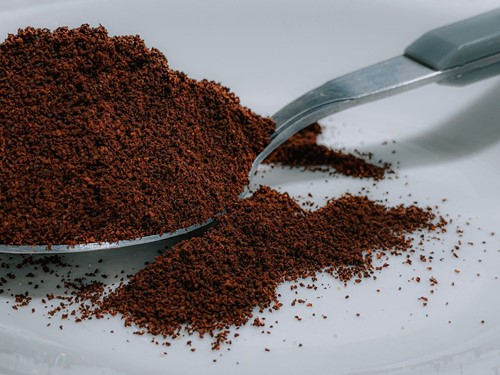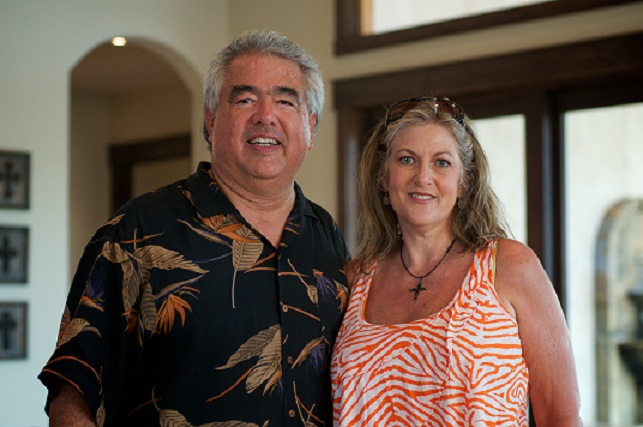Eggshells, Coffee and Bananas: How to Feed Your Garden With Your Food Waste

Composting is well known among garden enthusiasts for providing a sustainable and rich fertilizer for plants. However, if you don’t have the time or space for a compost heap, there are still some types of food waste you can use to fertilize your garden. Hang on to these food scraps rather than throw them away and you’ll have a cost-effective way to add important nutrients to your garden.
Here are 3 common forms of food waste you can use in your garden:
Eggshells
Just like humans, plants need calcium to grow. Calcium goes into the structural tissues of the plant, essentially creating and maintaining their “bones” and helping them grow big and strong. Most soil naturally has calcium, but if you want to give your garden a boost, adding a little extra can help. Luckily, dry eggshells are almost entirely made of calcium carbonate and it’s easy to repurpose that growing power into the soil.
To prepare eggshells for fertilizer, rinse them out and allow them to dry completely. Then, smash them into tiny pieces using whatever tools you have on hand in the kitchen. To get the best results, try to make the shell fragments into a fine powder. The best tools for this are a mortar and pestle or food processor. Once you have your eggshell powder, simply sprinkle it into the soil of your garden.
Calcium takes a long time to decompose, so you won’t see results overnight. Try adding calcium two to three months before planting if possible.
Coffee Grounds
The leftovers of your morning coffee can also help energize your garden. Coffee grounds are full of nitrogen and also contain other important minerals like potassium and copper. Because coffee is highly acidic, use it sparingly as a fertilizer unless you have plants that specifically thrive in an acidic environment or if your soil pH specifically needs it.
The best way to use coffee grounds is to allow them to dry out again completely to avoid any chance of mold. Then sprinkle into the soil before watering your plants. This will slowly introduce nitrogen into the soil and help your plants grow and process fuel for themselves through photosynthesis. Just be careful not to add too much too soon or you might disturb the soil pH.
Banana Peels
Bananas are an excellent source of potassium and so are their peels. Plants use potassium to process water efficiently and build strong support systems for flowers and fruit. Potassium is especially important for edible crops, particularly those that are rich in carbohydrates like potatoes. A healthy amount of potassium in a plant’s diet will make it grow healthier and higher quality fruit, veggies and tubers.
To use banana peels to help your garden grow strong, you have a couple of options. You can take the entire banana peel and simply place it in the soil at the base of the plant to wait for it to decompose. You can also liquefy it in a blender and mix it with water and apply it like any liquid fertilizer. This method is suitable for quicker absorption and less chance of hungry pests investigating the peel.
These are just a few ways to transform food waste into nourishment for your garden. If possible, testing the soil is a great way to determine what type of nutrients your plants will need. While a balanced amount of all the above can help, it’s always best to know the chemical composition you’re starting with.
About the Author

Ralph R. Rodriguez
Hello and welcome!
For more than 30 years now I have been helping folks Buy, Sell or Invest in Real Estate in and around San Antonio and the surrounding communities.
We seek to Honor God by assisting folks in their needs when it comes to all things real estate and are focused on providing the individual service and attention to detail that help our clients, friends and family manage the complex process of the single largest purchase any of them, or you, might make.
We welcome the opportunity to start this fellowship with you and your family and are committed to earning your trust, earning your business and in the end celebrating your "new" home and becoming a member of our Fellowship Real Estate family.
Thank you and God Bless.